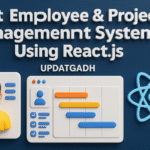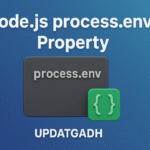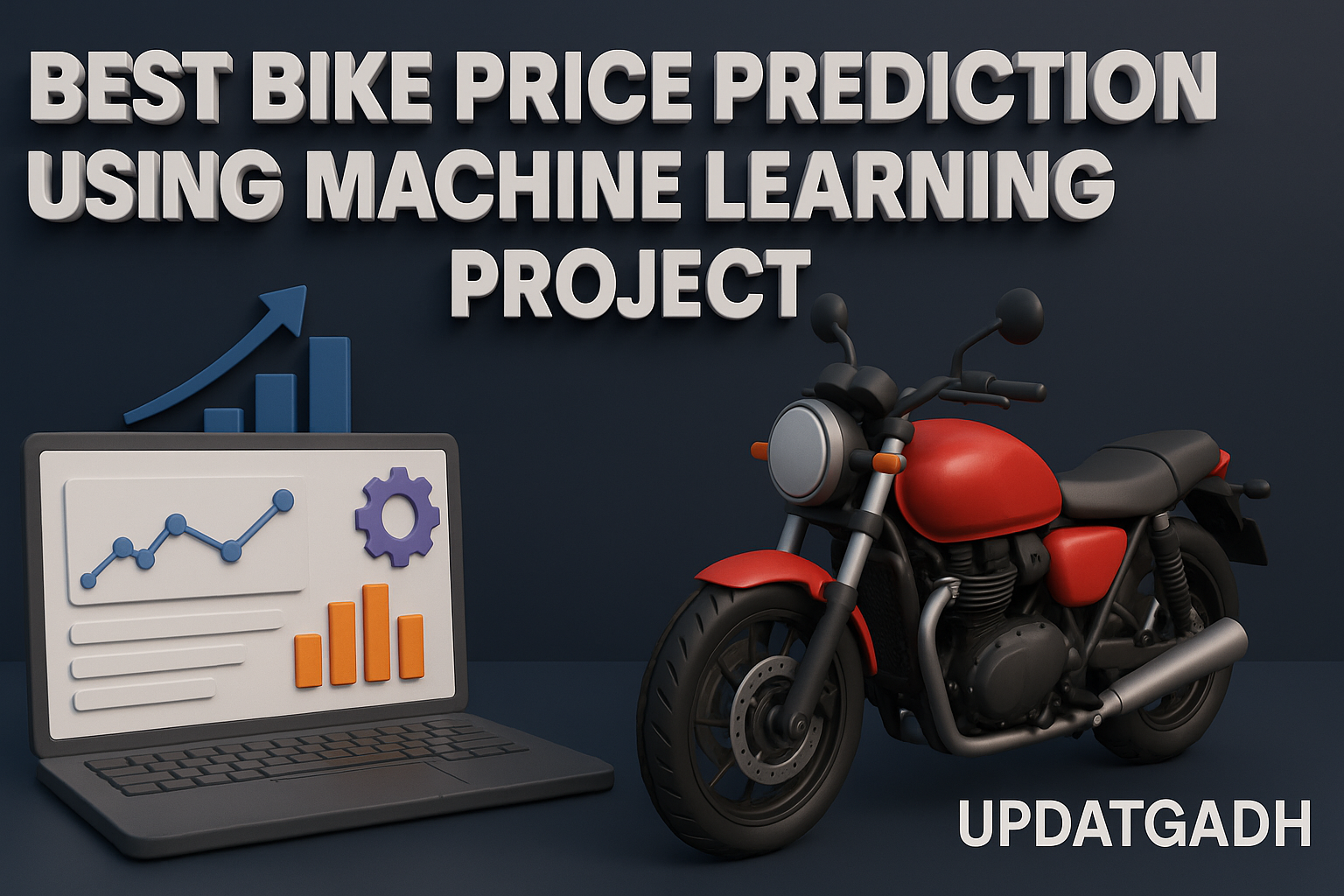
Best Student Exam Performance Prediction — A Machine Learning Project
Student Exam Performance Prediction
A simple yet impactful project on Student Exam Performance Prediction helps us understand how data science can be applied to the education sector. This project uses machine learning algorithms to analyze various student-related factors and predict their exam performance levels. It is designed with a clean, modular Python structure and includes all essential components — from data preprocessing to model prediction.
The project is ideal for BCA, B.Tech, or Data Science students who want to build hands-on experience in data analytics and machine learning concepts. It reflects how real-world educational institutions can use data to improve student outcomes.
Best Final Year Project For Data Science :–Click Here
Project Overview
| Attribute | Description |
|---|---|
| Project Name | Student Exam Performance Prediction |
| Language/s Used | Python |
| Database | CSV Dataset (data.csv) |
| Type | Machine Learning / Data Science Project |
Introduction
The Student Exam Performance Prediction project is a data-driven application that leverages machine learning models to predict how a student might perform in an exam based on several key attributes such as gender, parental education, lunch type, and test preparation course participation.
This project has been implemented using Python and libraries like Pandas, NumPy, Scikit-learn, and CatBoost, making it a great learning opportunity for students who wish to understand how predictive models are built and deployed.
From data preprocessing to model evaluation, each stage in this project follows a systematic approach to ensure accuracy and interpretability. Students can also explore how different algorithms perform on the same dataset and compare their predictions.
Best Advanced Python Projects:-Click Here
Available Features
Below are the main features included in this project:
- Data Preprocessing Module: Handles missing values, encodes categorical variables, and splits the dataset into training and testing sets.
- Exploratory Data Analysis (EDA): Uses Jupyter notebooks to visualize relationships between input factors and exam scores.
- Model Training: Implements CatBoost and other ML algorithms to predict exam scores.
- Preprocessor and Model Serialization: Saves preprocessing and model pipelines using
.pklfiles for reuse. - Prediction Pipeline: Allows new input data to be passed to the trained model for performance prediction.
- Web Application (Flask): Provides a simple web interface for users to input student details and receive performance predictions.
Step-by-Step Installation Guide (VS Code)
Follow these steps to set up and run the Student Exam Performance Prediction project in Visual Studio Code (VS Code):
Step 1: Install VS Code and Python
- Install Python (version 3.8 or above) from python.org.
- Install Visual Studio Code from the official website.
Step 2: Open the Project Folder
- Open VS Code.
- Go to File → Open Folder and select the extracted project folder.
Step 3: Create and Activate Virtual Environment
Open a new terminal in VS Code and run:
python -m venv venv
Activate the environment:
- For Windows:
venv\Scripts\activate - For Mac/Linux:
source venv/bin/activate
Step 4: Install Required Dependencies
Now install all required libraries from requirements.txt:
pip install -r requirements.txt
This will install packages like Pandas, Numpy, Scikit-learn, CatBoost, Flask, etc.
Step 5: Run the Application
After dependencies are installed, start the web application using:
python app.py
If everything is set up correctly, the terminal will display:
* Running on http://127.0.0.1:5000/
Open your browser and visit that link to view the project interface.
Usage Guide
Once the application is running, you can use it directly through the web interface or interact with the backend logic.
Download New Real Time Projects :–Click here
User Interaction Flow
- Input Form
The web interface contains input fields such as:- Gender
- Parental Education Level
- Lunch Type (Standard/Free)
- Test Preparation Course (Completed/Not Completed)
- Reading, Writing, and Math Scores
- Data Submission
Users enter the details and submit them to get predictions about the expected exam performance (for example, predicted average score or performance category). - Model Prediction
The trained model processes the input using preloaded preprocessing pipelines and displays the predicted result instantly.
Backend Process
Behind the scenes, the workflow is as follows:
- Input data → Preprocessing (Scaling, Encoding)
- Model loads trained CatBoost classifier
- Model predicts performance → Output displayed on the interface
This seamless integration between data preprocessing, model prediction, and user interface demonstrates how ML systems can be deployed practically.
Real-Life Applications
This project is more than just an academic exercise — it shows how machine learning can be applied in education to improve teaching and learning outcomes.
Best Final Year Project For SPRINGBOOT:–Click Here
Some real-world use cases include:
- Identifying At-Risk Students: Schools can use such prediction systems to identify students likely to underperform and provide early interventions.
- Personalized Learning Plans: Teachers can analyze predicted performance to tailor resources for each student.
- Institutional Analytics: Educational boards can use aggregated predictions to make data-driven decisions about curriculum improvement.
Why This Project Is Useful for Students
As a student, working on this project enhances your understanding of end-to-end machine learning pipelines — from data handling to model deployment. It teaches critical concepts such as:
- Data cleaning and preprocessing
- Feature encoding
- Model evaluation (train-test split, accuracy, metrics)
- Model serialization using Pickle
- Flask app development for ML model deployment
Moreover, the project demonstrates how data-driven systems can create real social impact, making it an excellent choice for academic submission or portfolio showcase.
Best Final Year Project For JSP :- Click Here
Students will also appreciate how the project is built in a modular and professional format, which closely resembles real-world software development practices. The inclusion of both Jupyter notebooks and Python scripts allows flexibility — you can explore data manually or automate processes through code.
Technical Highlights
Here are some key technical points of the project:
- Model Used: CatBoost Regressor (chosen for its high accuracy and handling of categorical data efficiently)
- Dataset: Student performance dataset with features like gender, parental education, lunch type, test preparation, and scores.
- Preprocessing: One-hot encoding and scaling implemented using
ColumnTransformerandStandardScaler. - Evaluation Metrics: Root Mean Squared Error (RMSE) and R² Score to evaluate model accuracy.
- Flask Integration: Enables a simple interface for end-user interaction.
Best Final Year Project For JAVA :- Click Here
Learning Outcomes
By completing this project, students gain valuable experience in:
- Building machine learning models using Python.
- Handling real-world data and improving model accuracy.
- Understanding model serialization and deployment.
- Working with Flask to build an ML web interface.
- Applying data science principles to practical, social problems.
We have Best projects Available in all languages:–Click Here
student exam performance prediction github student exam performance prediction python student exam performance prediction pdf student exam performance prediction ppt student exam performance prediction in machine learning student performance prediction using machine learning student exam performance prediction example student performance prediction website student performance prediction example, student performance prediction, student performance prediction pdf, student performance prediction python, student performance prediction dataset, student performance prediction using ai, student performance prediction using ai and ml, student performance prediction in machine learning, student performance prediction using deep learning, student performance prediction using ai algorithms, student performance prediction using neural network










Post Comment